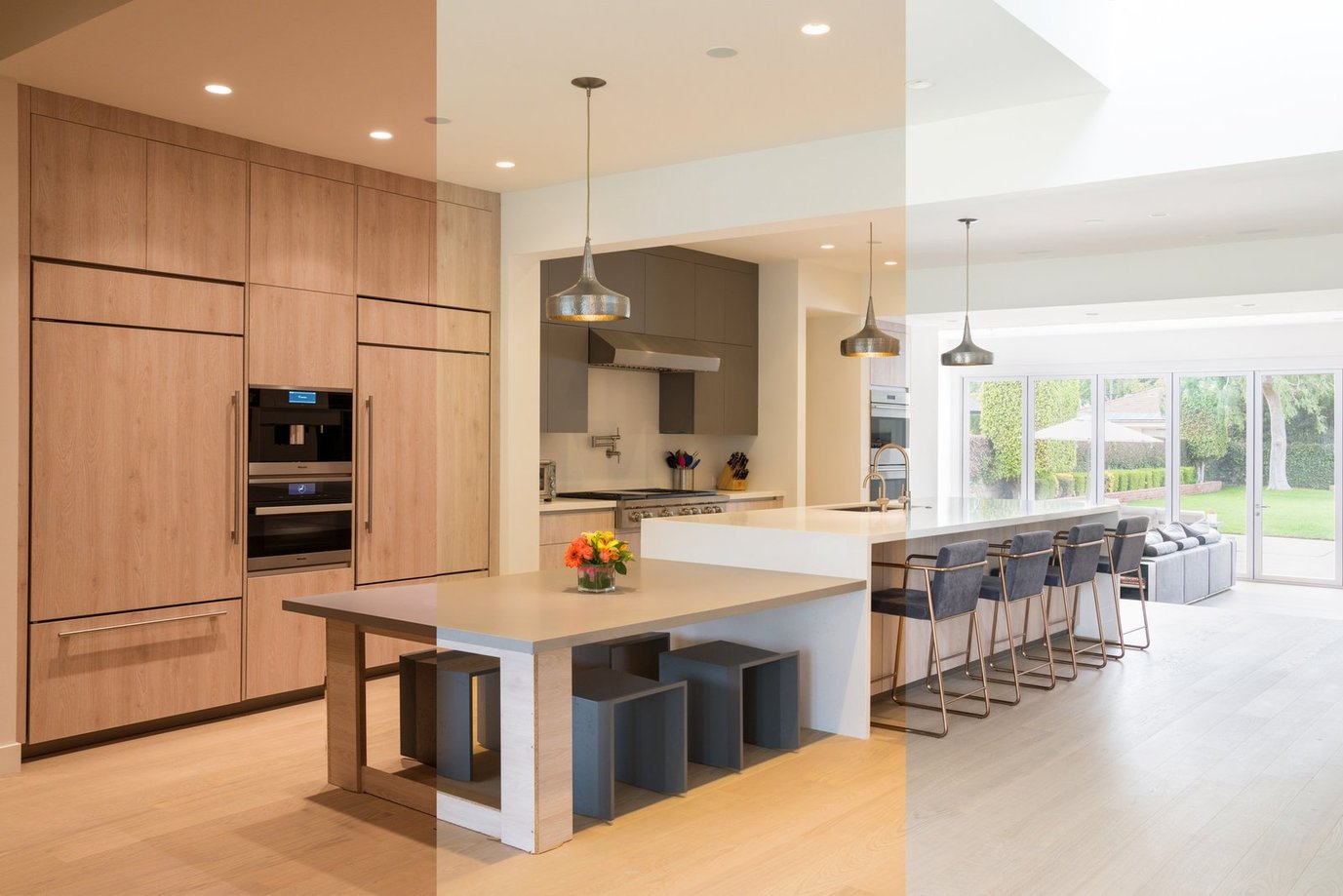FEATURED ARTICLE WRITTEN BY ADAM OWENS
Lighting Fixtures: Then & Now
Lighting Fixtures:
Then & Now

L
ooking at the innovation within the lighting industry can be an illuminating journey. The incandescent light was created in the late 1800s, and it took nearly 100 years for the next true great innovation in the lighting category. Some may argue that the introduction of the fluorescent light was a step back, with the off-color temperatures and electric buzz of a ballast on its last leg, but it proved to be a major leap towards energy efficiency. It changed the way office buildings were handled; all the while, the control industry was wrestling with new ways to harness this technology disruptor. As light fixtures were finally wrangled in, again, another disruption was looming, with the introduction of LED fixtures in the late 2000s.
Government mandates regarding LED use and reduction in wattages of incandescent lights would force the electrical industry into adoption of this new technology much quicker than any previous time. It was during this time that the true future of lighting fixtures took a turn from simple illumination to space-changing, mood-altering, vision-enhancing technology products.
Technology Convergence
Shedding light on where we’ve been and where we are in this evolving category
The Custom Install (CI) channel has been engaged with the control of light for nearly three decades, but now a convergence is occurring, and it is driven by the advanced technology of LED light and the sophisticated control required to make the user experience seamless.
The days of worrying over LED fixture compatibility are largely a thing of the past. If you simply procure the products from reputable, mainstream manufacturers, you can largely expect the LED to work properly. This means it turns on and off as expected, paired with the ability to dim the fixture or lamp. Performance of the dimming is the largest variability now, with a variance that is noticeable from 20 percent down to .1 percent of the incandescent dimming curve. (See Square Law of Dimming – the assumption of perceived light output and measured light output. When a light is dimmed down there is less light coming out of the fixture, but because our eyes naturally dilate, the eye lets more light in, even though there is less in the space. This would cause a measurement tool to have a different value than what our perception of the total light in the room is.)
Understanding all of this is important because it illustrates how fast we are currently moving. It took nearly 100 years to get an alternate source of light, the fluorescent light, roughly another 30 for the next innovation, which was LED, and less than 10 to where we are today.
So where are we today? With the adoption of LED, the lighting industry realized there was a major sacrifice in the conversion from incandescent to LED. The tradeoff was found when, dimming the LED, the correlated color temperature (CCT) would shift from a warm color to a cool color temperature of light. This is the exact opposite of what human beings had been experiencing for the better part of 100 years, and even longer, if you consider our more ancient ancestors laying near a fire slowly going out with the warm amber glow of molten wood. To mirror incandescent light, LEDs began being built with multiple chips to replicate the warm glow as it dimmed down. In order to do this, the chip inside the LED has an algorithm that turns on an amber- or orange-colored chip at a set level to inject a warmer color temperature into the space.
This multi-LED approach has led to massive innovations in recent years. Today, fixtures are being designed with many different configurations, to name a few: white with warm white; red, green, blue (RGB); RGB with White; RGB with White and Warm White, or multiple red, green, blue, and white chip sets. All these different configurations result in a difference of performance and function within the spaces you are using and specifying them for.
The CI channel is moving fast into the fixtures business. We have examined a brief history of fixtures, so now let us look at the future.
If you attended CEDIA in 2019 you most likely noted a theme around fixtures and how to control them. The CI channel is no longer just responsible for how to control them, but more so, for what the light will do in a space, and how light transforms a space. Since the mid 2000s, it has been possible to digitally address fixtures. This means that each fixture in a space can individually be controlled and dynamically re-zoned via programming. This methodology has been more prevalent on the commercial side of the business, but in recent years it has made its way into the residential market.
In the final segment of our Lighting Fixtures discussion in the next Connected Design, we will be taking a deep dive into the latest in lighting technology. There, we’ll conclude with a look at spectral tuning, dynamic lighting, full-spectrum light, and human centricity.
The CI channel is no longer just responsible for how to control them, but more so, for what the light will do in a space, and how light transforms a space.
Ketra allows homeowners to curate the perfect ambience, whether using crisp white light to boost productivity for a daytime work space or dimming to a warm amber for a welcoming dining environment.
Ketra’s Natural Light system mimics the color and intensity of outdoor light within the home, shifting automatically throughout the day and making any space feel bathed in sunlight.



